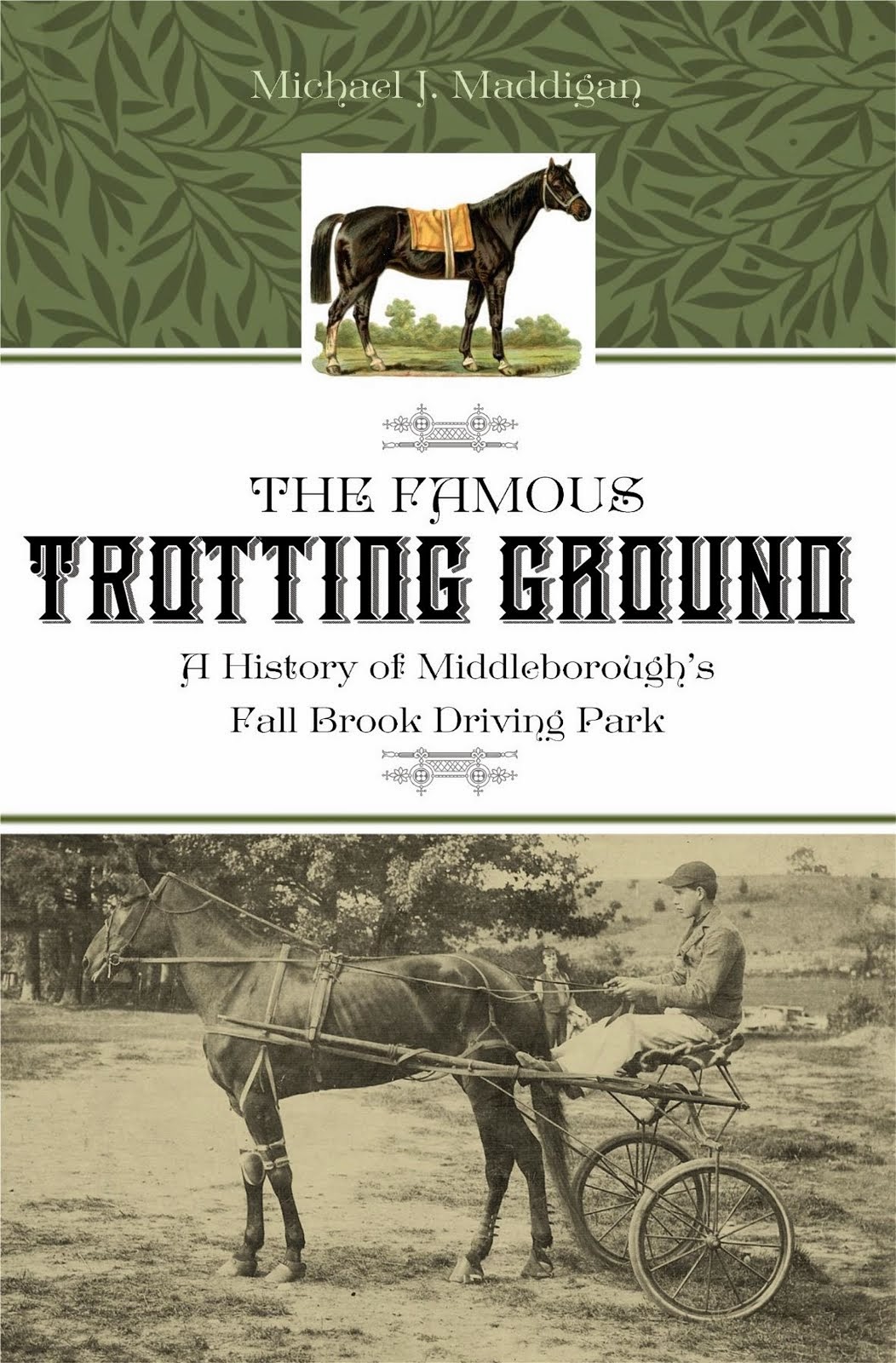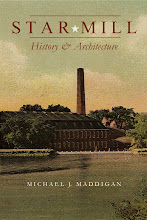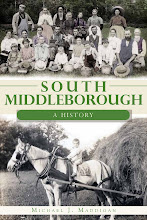Following 1939, “tiki culture” became popularized through the Golden Gate International Exposition and the New York World’s Fair, and exotic drinks such as zombies, mai tais and scorpions became the rage. The zombie which originally included various rums, fruit juice, cinnamon syrup and other ingredients featured in popular culture, most notably Fats Waller’s “Abercrombie Had a Zombie” (1941) which recounted the effects of the potent drink on a normally law-abiding man.
 Abercrombie was so meek and quiet
Abercrombie was so meek and quietAbercrombie was the tea room type
Oh you’d never think he’d start a riot
Then Abercrombie had a zombie.
Abercrombie never stole a hansom
Abercrombie never did a bum
Never thought of crawling through a transom
Then Abercrombie had a zombie, yes, yes.
He never passed a stop
He never sassed a cop
He never drove a car into the Astor Bar
He didn’t try to wade in the Aquacade …
But like that other famous sinner
Abercrombie met his Waterloo
He’s the man who never came to dinner
Cause Abercrombie had a zombie
Or was it two or was it three or four or five or six?
In a 1943 film Frances Dee mentioned the drink noting “I tried one once, but there was nothing dead about it.”
The Zombie operated for nearly a decade until fall 1950 when it remade itself into a new restaurant known as the Half-Way House. With the increase of post-war traffic bound for the Cape, the restaurant sought to capitalize on its location mid-way between Boston and the Cape resorts. Following a May 1954 fire, the Half-Way House was sold to Eugene Starvish who established Eugene’s restaurant.
[To prevent competitors from recreating his signature drink, Beach kept the zombie recipe a closely guarded secret with his bartenders mixing from pre-made coded bottles. Because of this, numerous recipes for the drink have since developed. The generally accepted version of the 1934 classic calls for ¾ ounces fresh lime juice, ½ ounce falernum, 1 ½ ounces each of Puerto Rican rum and gold or dark Jamaican rum, 1 ounce 151-proof Lemon Hart Demerara rum, 1 teaspoon of grenadine, 6 drops of Pernod or Herbsaint, a dash of Angostura bitters, ½ ounce of Don’s mix (being 2 parts grapefruit juice and 1 part cinnamon-infused sugar syrup) and 6 ounces of crushed ice.]




























+of+Smoky+Mountains+018.jpg)